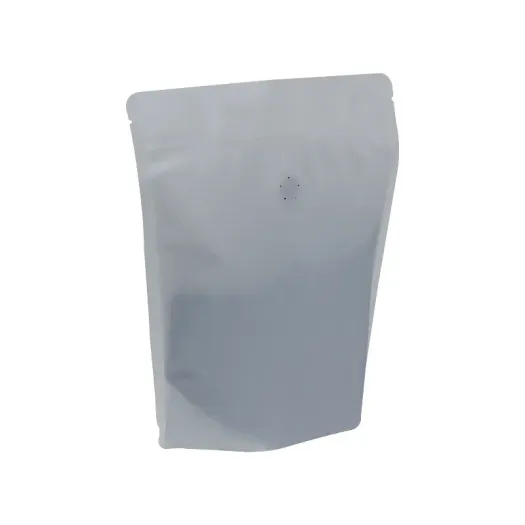- Afrikaans
- Albanian
- Amharic
- Arabic
- Armenian
- Azerbaijani
- Basque
- Belarusian
- Bengali
- Bosnian
- Bulgarian
- Catalan
- Cebuano
- chinese_simplified
- chinese_traditional
- Corsican
- Croatian
- Czech
- Danish
- Dutch
- English
- Esperanto
- Estonian
- Finnish
- French
- Frisian
- Galician
- Georgian
- German
- Greek
- Gujarati
- haitian_creole
- hausa
- hawaiian
- Hebrew
- Hindi
- Miao
- Hungarian
- Icelandic
- igbo
- Indonesian
- irish
- Italian
- Japanese
- Javanese
- Kannada
- kazakh
- Khmer
- Rwandese
- Korean
- Kurdish
- Kyrgyz
- Lao
- Latin
- Latvian
- Lithuanian
- Luxembourgish
- Macedonian
- Malgashi
- Malay
- Malayalam
- Maltese
- Maori
- Marathi
- Mongolian
- Myanmar
- Nepali
- Norwegian
- Norwegian
- Occitan
- Pashto
- Persian
- Polish
- Portuguese
- Punjabi
- Romanian
- Russian
- Samoan
- scottish-gaelic
- Serbian
- Sesotho
- Shona
- Sindhi
- Sinhala
- Slovak
- Slovenian
- Somali
- Spanish
- Sundanese
- Swahili
- Swedish
- Tagalog
- Tajik
- Tamil
- Tatar
- Telugu
- Thai
- Turkish
- Turkmen
- Ukrainian
- Urdu
- Uighur
- Uzbek
- Vietnamese
- Welsh
- Bantu
- Yiddish
- Yoruba
- Zulu
How long can vacuum sealed cheese be stored for optimal freshness and flavor
How Long Will Vacuum-Sealed Cheese Last?
Cheese is a beloved dairy product enjoyed by many around the world, known for its delightful flavors and various textures. However, like any perishable food item, it has a limited shelf life. Vacuum sealing is a popular method for extending the freshness of cheese, but how long can you actually expect vacuum-sealed cheese to last?
Understanding Vacuum Sealing
Vacuum sealing is a process that removes air from the packaging and seals the cheese in an airtight container. This method not only minimizes exposure to oxygen, which can lead to spoilage and bacterial growth, but it also protects the cheese from external contaminants. By reducing the amount of air in contact with the cheese, vacuum sealing can significantly increase its shelf life compared to traditional packaging.
Different Types of Cheese
The shelf life of vacuum-sealed cheese varies greatly depending on the type of cheese. Generally, cheeses can be categorized into two main groups hard cheeses and soft cheeses.
1. Hard Cheeses Varieties such as cheddar, gouda, and parmesan have low moisture content, making them less susceptible to spoilage. When vacuum sealed, hard cheeses can last 6 to 12 months in the refrigerator and even longer if stored in the freezer. If you choose to freeze hard cheese, it may retain its quality for up to 2 years. However, the texture may change upon thawing, so it's often best to use frozen hard cheese in cooked dishes rather than eating it raw.
2. Soft Cheeses Cheese types like brie, mozzarella, and cream cheese contain higher moisture levels and are more prone to spoilage. Vacuum-sealed soft cheeses can generally last 2 to 3 weeks in the refrigerator. While vacuum sealing does help prolong the freshness of these cheeses, it’s essential to monitor for any signs of spoilage, such as off-odors or mold. Soft cheeses do not freeze well, so it’s advisable to consume them within a few weeks.
Signs of Spoilage
how long will vacuum sealed cheese last

Regardless of the type of cheese and the vacuum sealing, it’s essential to recognize signs of spoilage. Look for the following indicators
- Mold While some cheeses have mold as part of their character, any unexpected mold growth on vacuum-sealed cheese can indicate spoilage. - Off odors A strong, unpleasant smell can suggest that the cheese has gone bad. - Texture changes Sudden changes in texture, such as excessive dryness or sliminess, are red flags.
If you observe any of these signs, it is better to err on the side of caution and discard the cheese.
Best Practices for Storage
To maximize the longevity of vacuum-sealed cheese, consider the following tips
- Refrigeration Always store vacuum-sealed cheese in the refrigerator to keep it at the right temperature. The ideal temperature for cheese storage is between 34°F and 38°F (1°C to 3°C). - Unseal Carefully When you're ready to use your vacuum-sealed cheese, open the package carefully to avoid introducing air and moisture back into the cheese. Use clean utensils to prevent contamination. - Wrap Again After using a portion of the cheese, you can re-seal it in a new vacuum-sealed bag or wrap it tightly in wax paper and then plastic wrap to further protect it from air exposure.
Conclusion
In summary, vacuum sealing cheese is an effective way to prolong its lifespan. Hard cheeses can last 6 to 12 months or even longer if frozen, while soft cheeses should be consumed within 2 to 3 weeks. Understanding the type of cheese and recognizing the signs of spoilage are crucial for ensuring food safety and enjoying your favorite dairy delicacies to the fullest. By following proper storage practices, you can relish your vacuum-sealed cheese at optimal freshness for an extended period!













